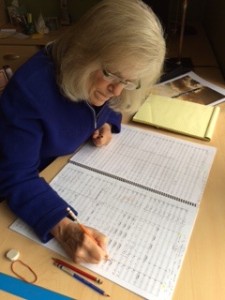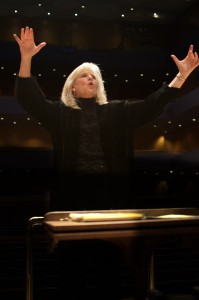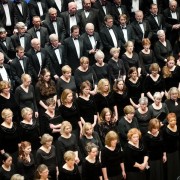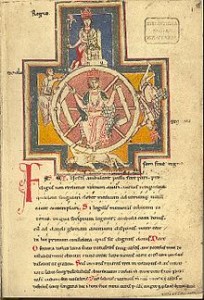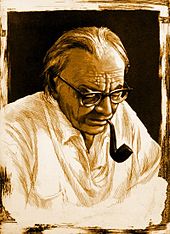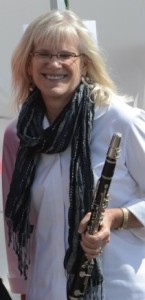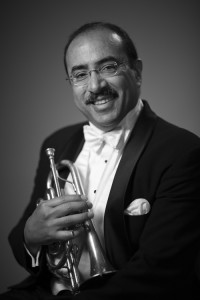Ralph Vaughan Williams – the People’s Composer
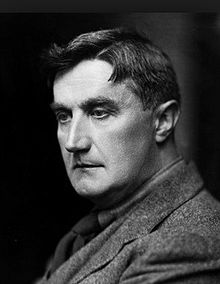 Marlene’s Musings
Marlene’s Musings
January 31, 2019
On Feb. 24 (at Wayzata Community Church) and March 3 (at Orchestra Hall) we will be performing Ralph (pronounced “Rafe”) Vaughan Williams masterpiece, Dona Nobis Pacem. Employing text from Walt Whitman, John Bight and passages from the Bible, it is a work that was written between the two world wars.
Ralph Vaughan Williams (RVW) was born into England’s upper class – his mother was an heiress to the Wedgewood manufacturing fortune, and his great uncle was Charles Darwin – but he spent a great deal of time travelling the English countryside collecting folk music. RVW and his lifelong friend, Gustav Holst, dedicated themselves to creating an authentic national British voice rooted in folk song.
Through his discovery and recording of over 800 songs, he found that the modes played a key role. When he was commissioned to create a new version of the English Hymnal, he departed from German influence (largely major/minor tonalities) and included a broader array of recognizable tunes rooted in those ancient modes. The hymnal, created in 1906, remains the central musical source for the Anglican Church and its offshoots.
RVW recognized the debt to the traditions that shaped his musical style and returned the favor through decades of work with volunteer musicians in the huge network of English choral festivals and orchestras. He grasped music’s potential to build community. According to his second wife, Ursula, “He delighted in working with enthusiastic, arts-minded men and women whose voices were (often) not equal to their zeal, and from them he drew major life lessons as well as astonishing results.”
In the preface to English Music, RVW wrote:
“If we want to find the groundwork of our English culture we must look below the surface – not to the grand events chronicled in the newspapers but to the unobtrusive quartet parties which meet week after week to play or sing in their own houses, to the village choral societies whose members trudge miles through rain or snow to work steadily for a concert or competition in some ghastly parish room with a cracked piano and a smelly oil lamp.”
The musicians of the Wayzata Symphony, the Edina Chorale and the Two Rivers Chorale perform with great dedication, talent and passion. They give no less than their very best, especially when they are given the opportunity to perform such a powerful, transformative work exemplifying:
Gorgeous orchestration
Familiar modal musical language
Expansive gestures
Gripping texts of Walt Whitman
Brilliant text painting
An inspiring call to the human spirit in times of darkness.
I think RVW would have loved the collaboration of our three community groups.

